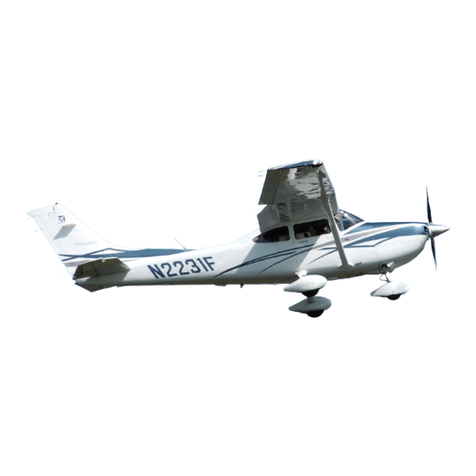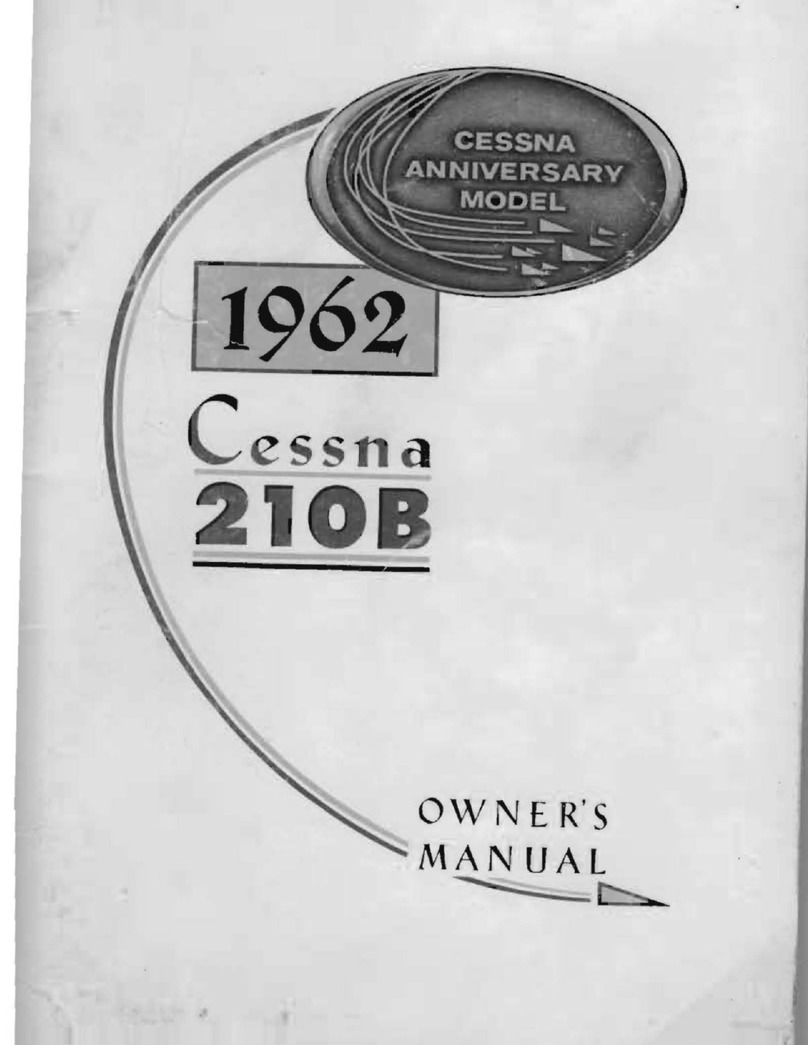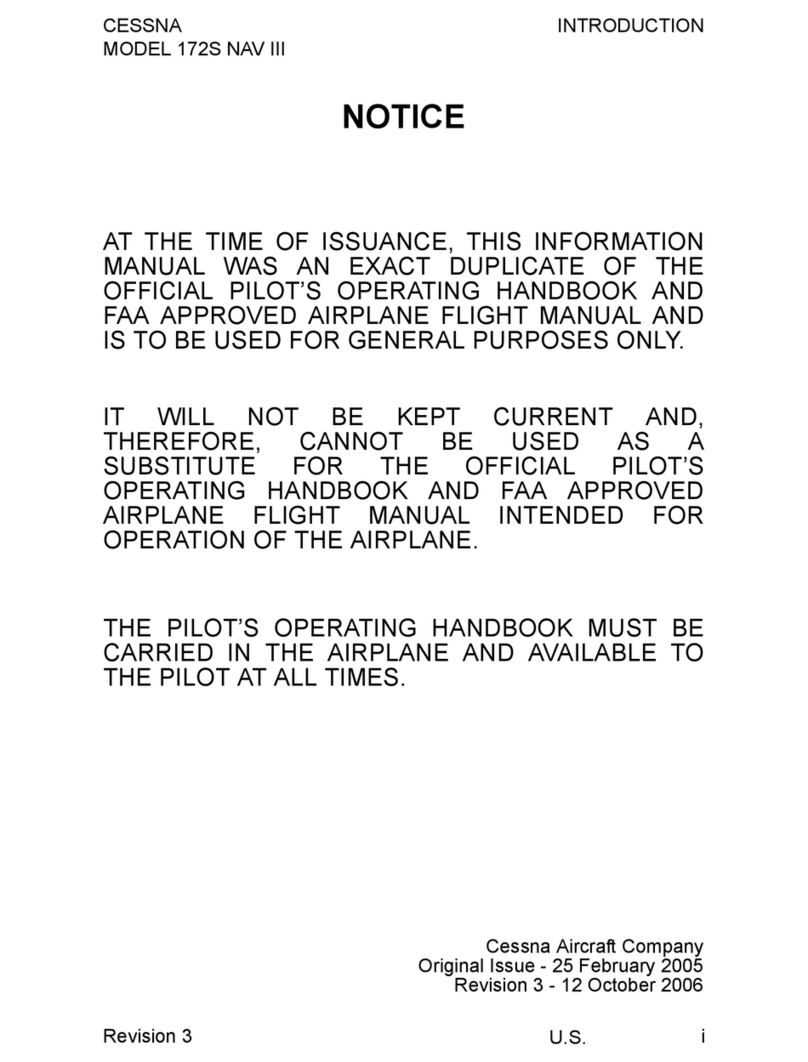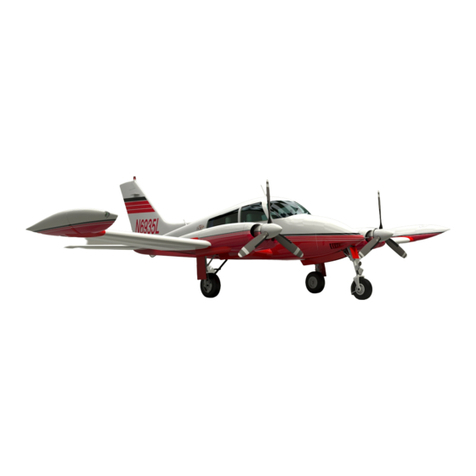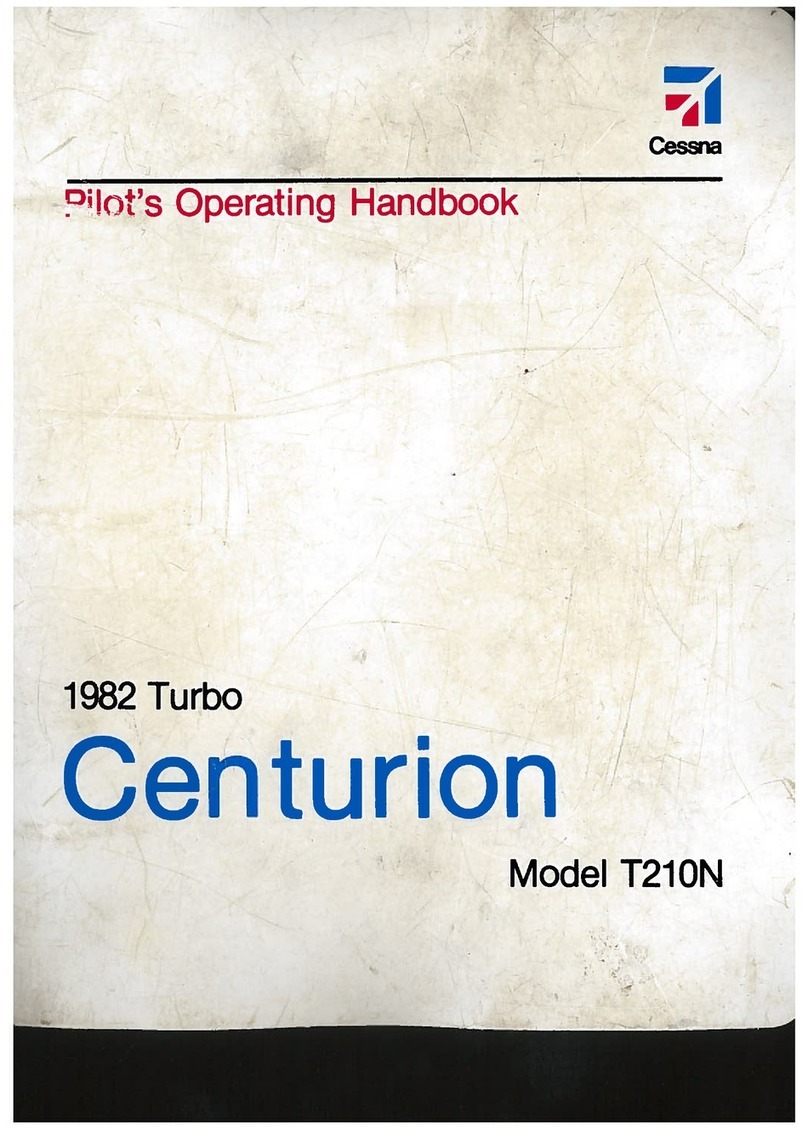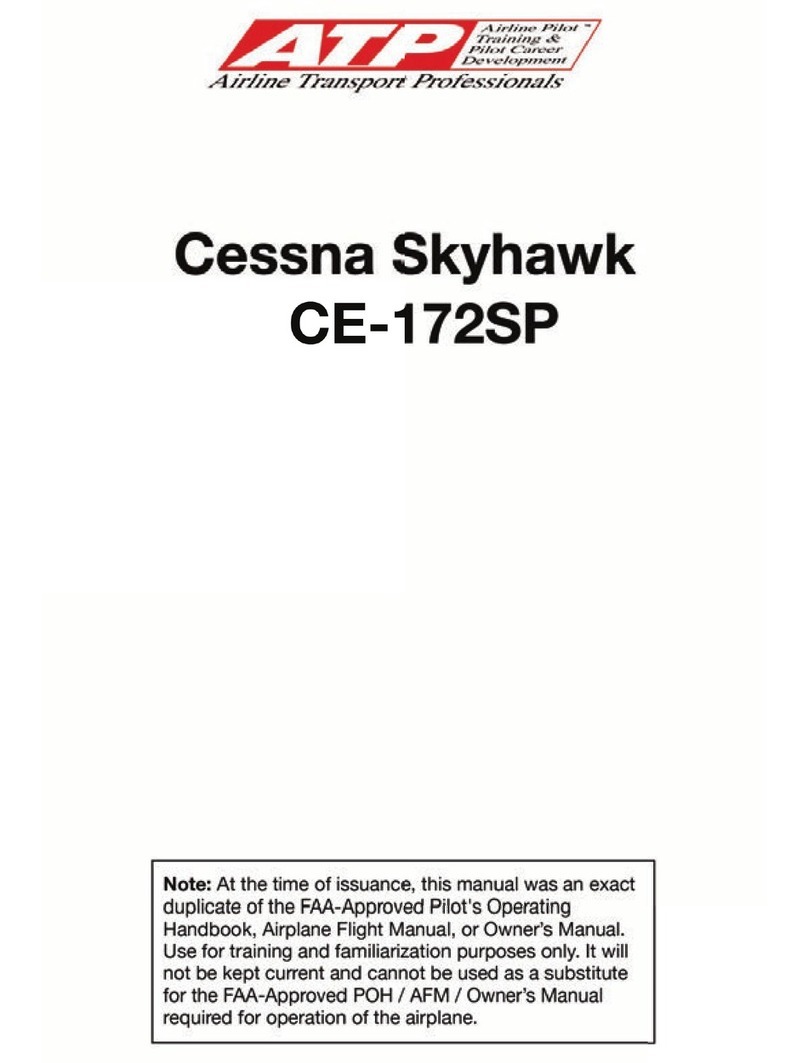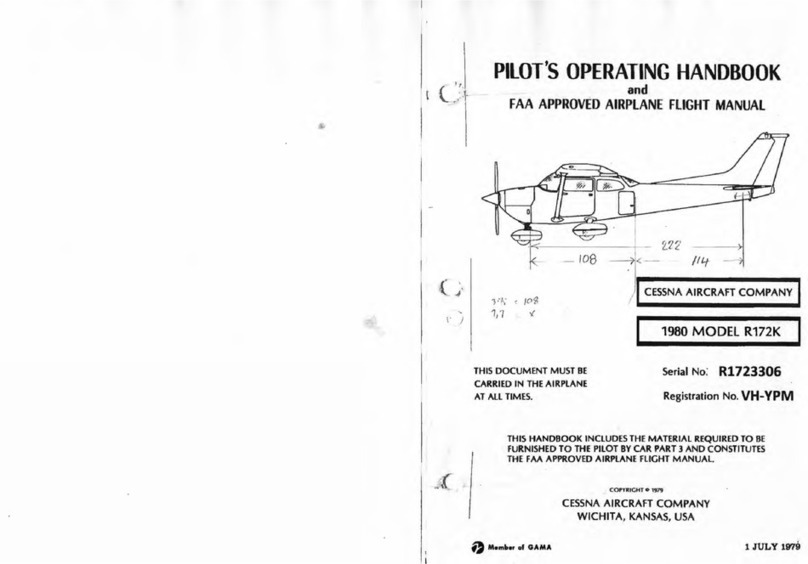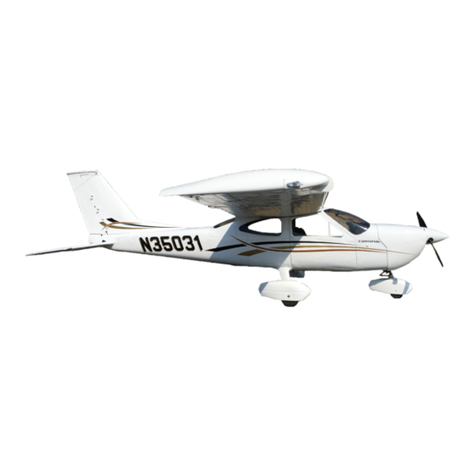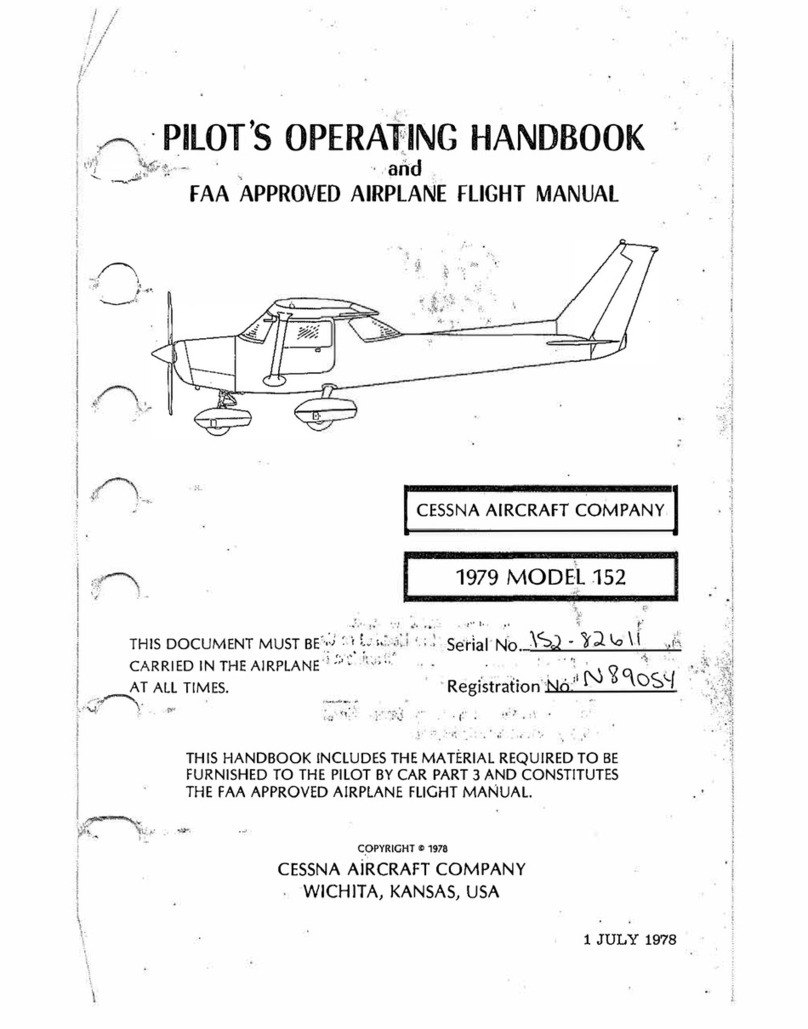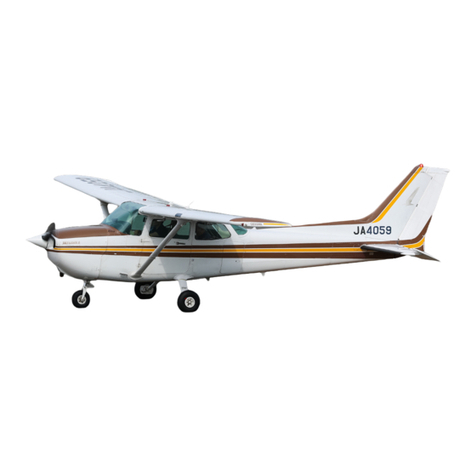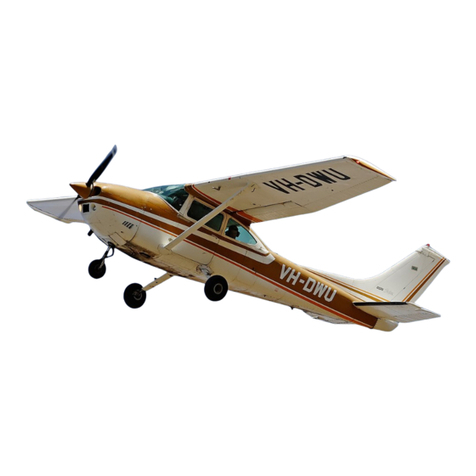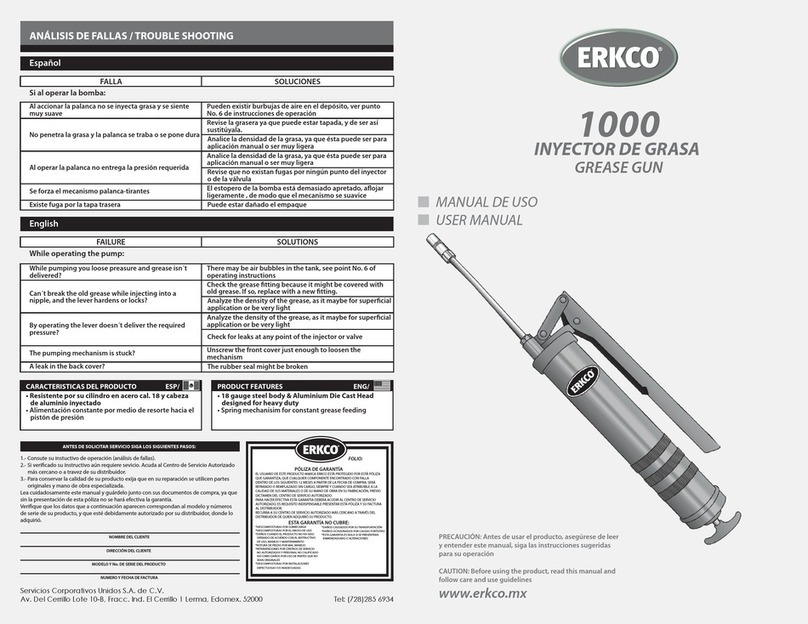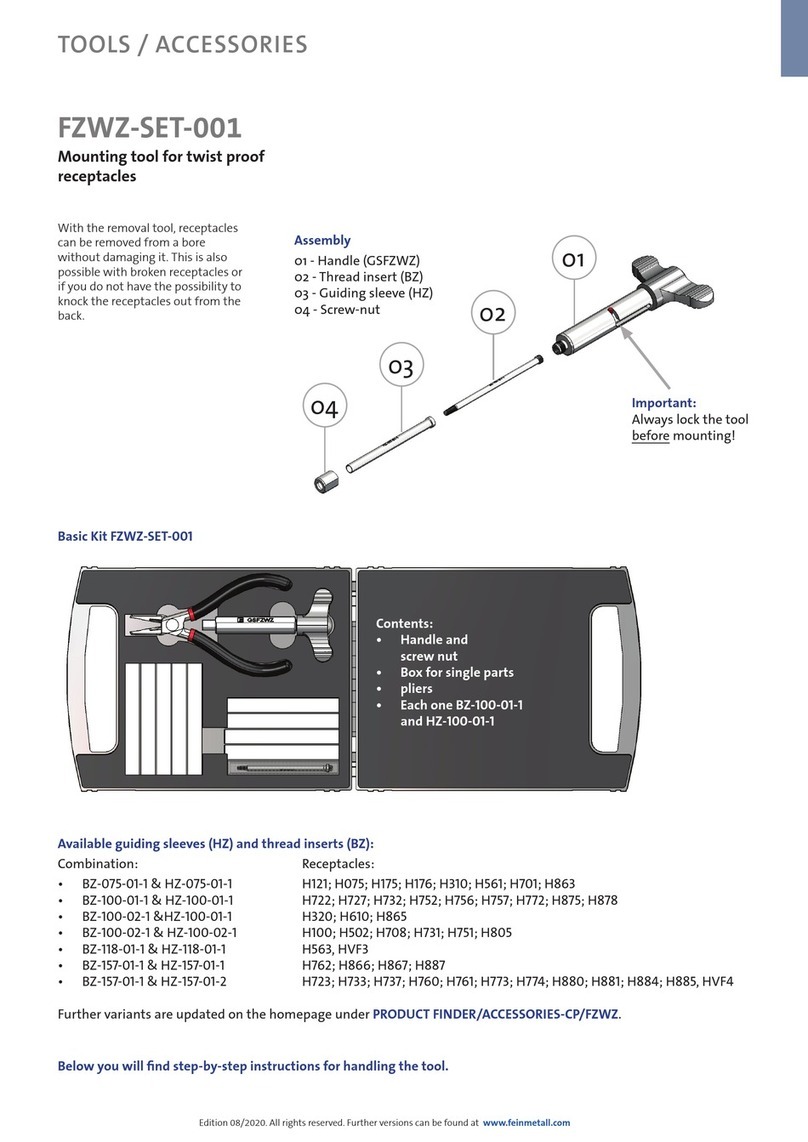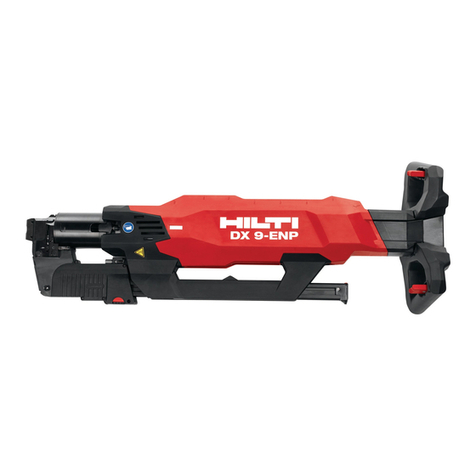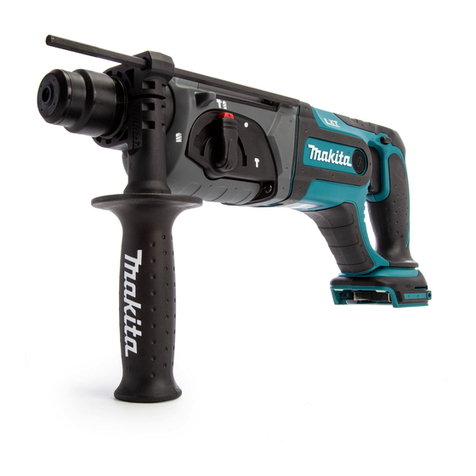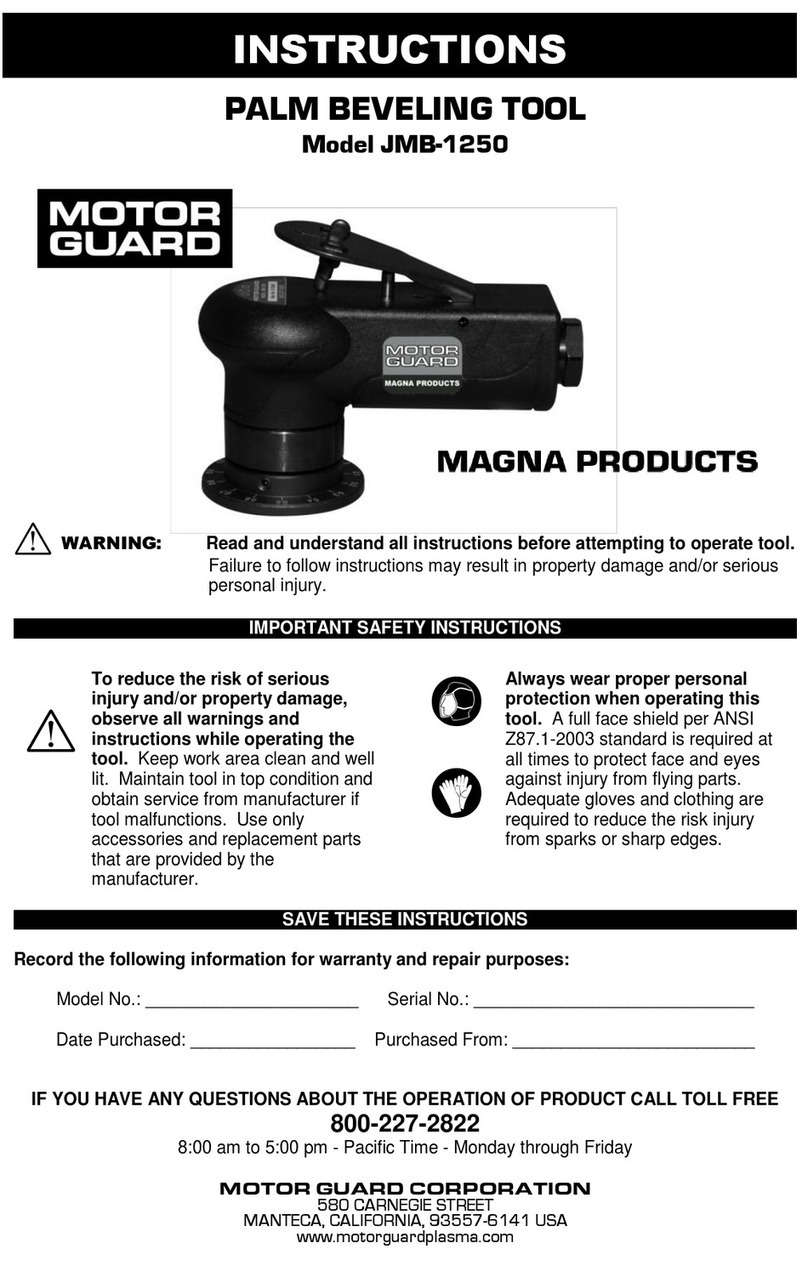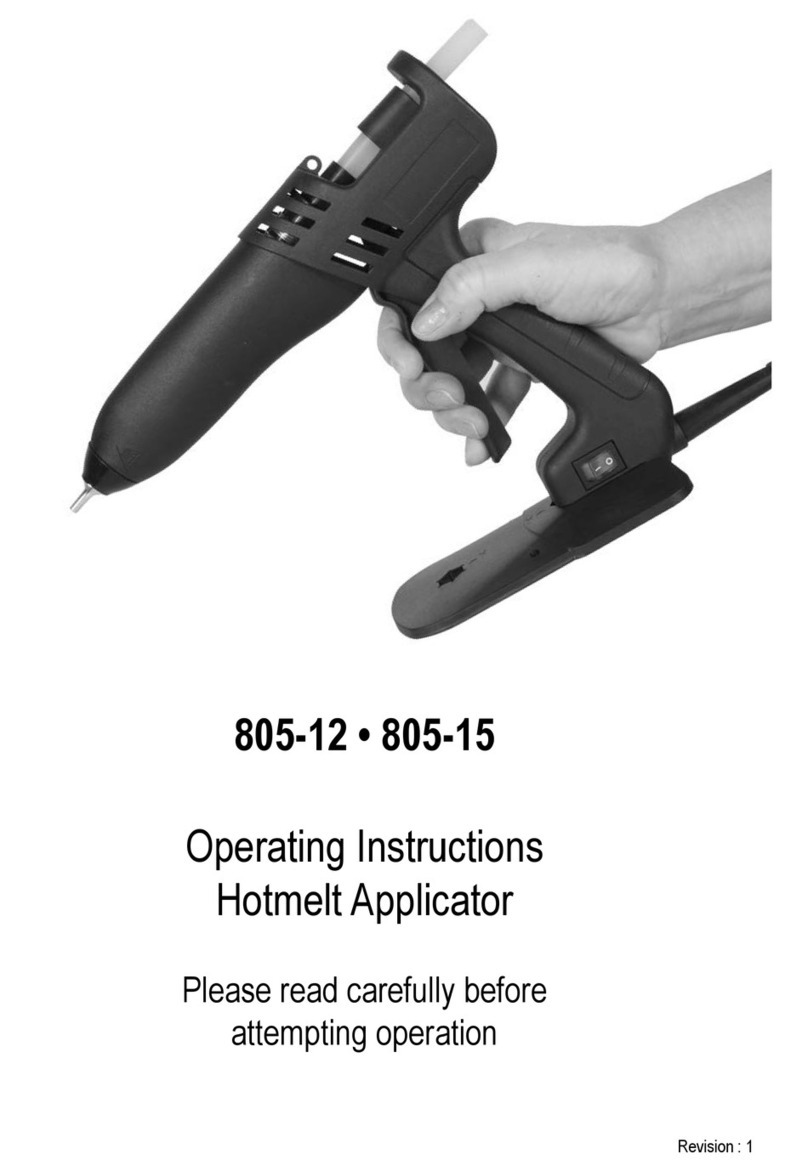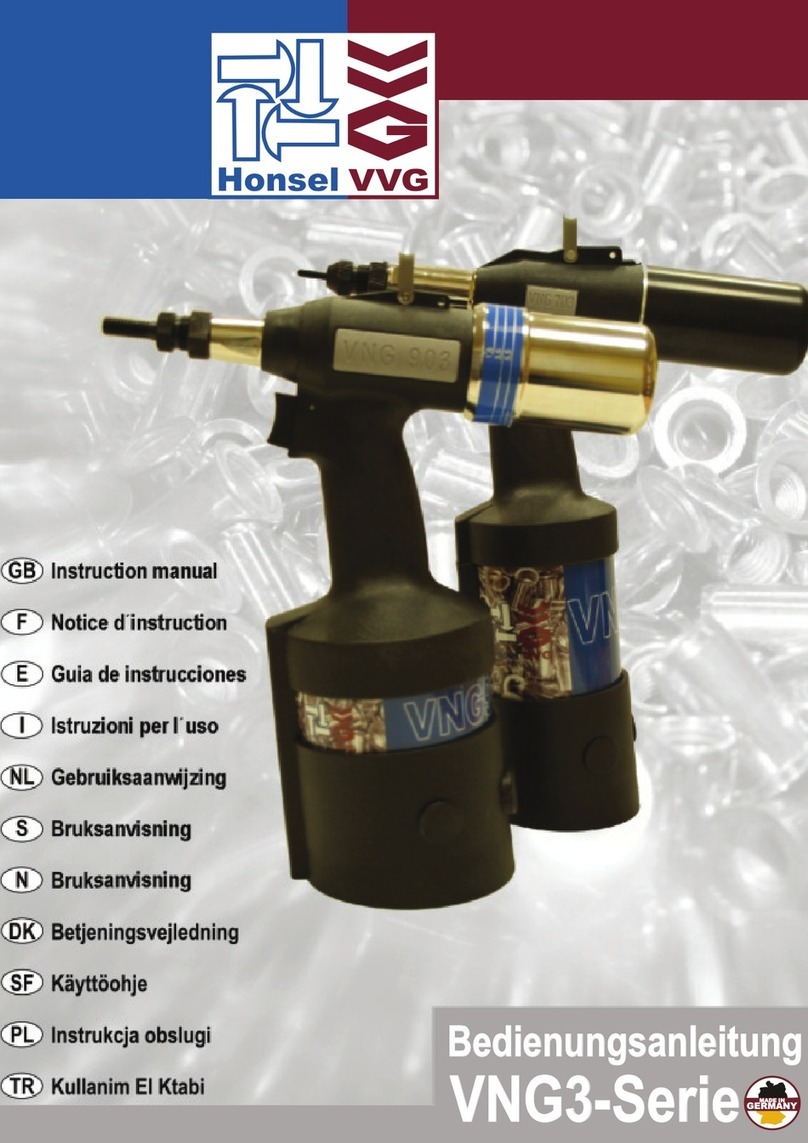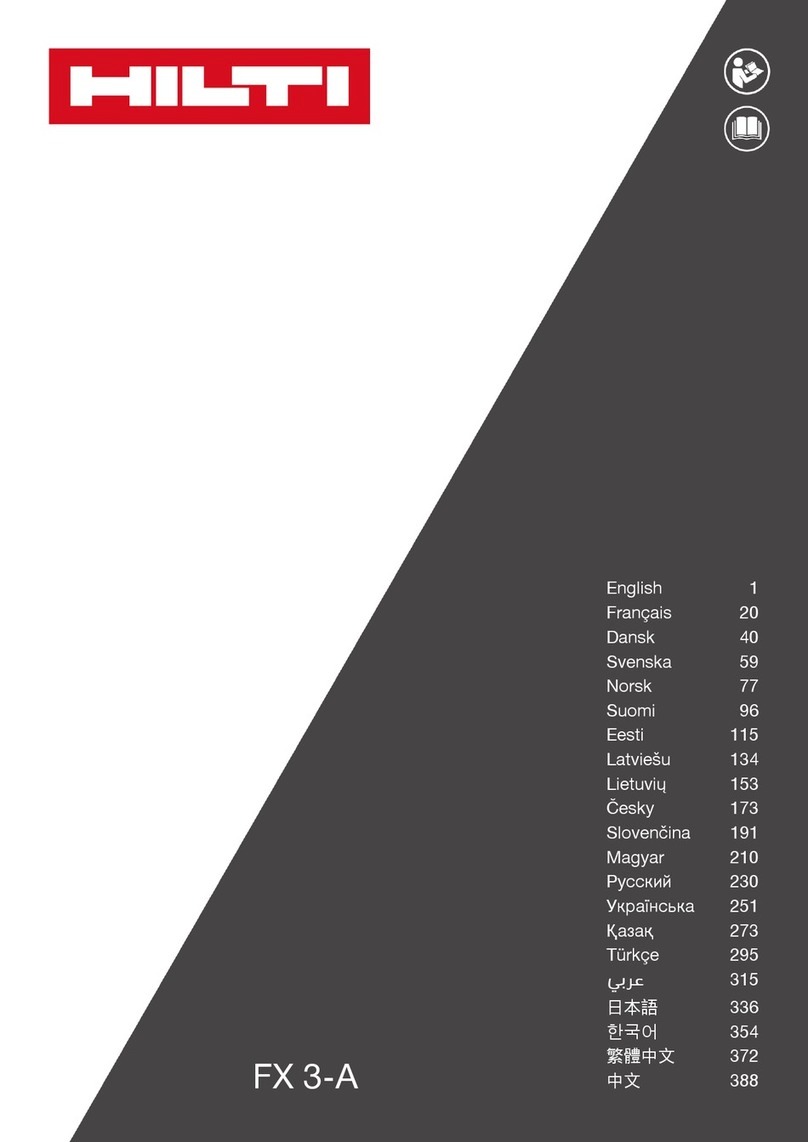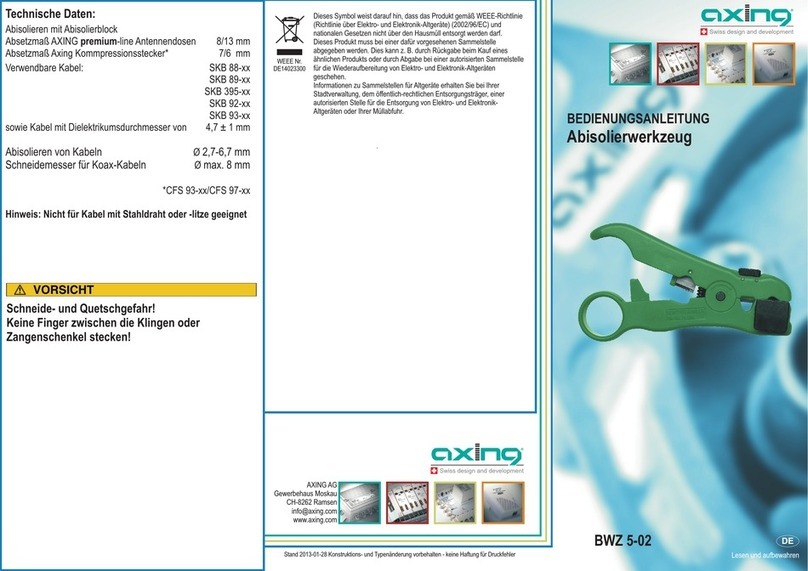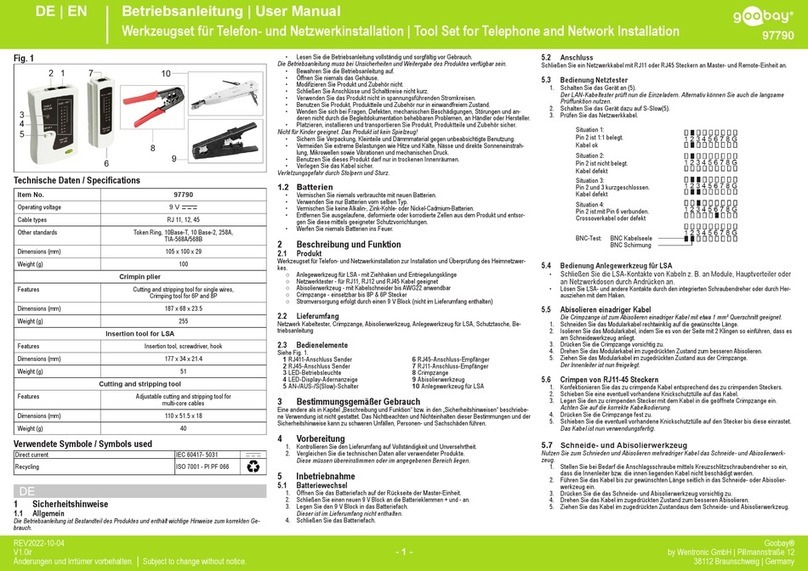
Preflight
The preflight inspection of the airplane itself is accomplished same as the land-plane as described in the
pilot’s operating handbook for that aircraft (usually involving a walk around inspection checking fuel, oil,
lights, control operation, etc.) Carefully inspect the propeller for damage as water picked up under power
is very harmful to an airplane prop (appearance is similar to gravel damage from a soft runway.)
The floats should also be looked over carefully during a walk around inspection of the aircraft. Visually
check the floats for any sign of damage that may have occurred while docking, beaching, ramping, or
moving the aircraft in or out of the water using a seaplane dolly. Check water rudder(s) and cables for
damage and proper operation. Inspect all float attach points to the main fuselage as well as spreader bars
and flying wires. Also check each water tight compartment for water using the bilge pump supplied with
the aircraft. Be sure to reinstall all pump out plugs tightly as these can get thrown loose on rough water.
Engine Starting
For startup, it is important that the pilot leave all seatbelts, shoulder harnesses, headsets, etc. off and out
of the way. These items can prohibit the quick exit from the airplane if it becomes necessary to save the
airplane from drifting into something. Although this may seem like a violation of an FAR, it’s not. FAA
regulations allow the pilot and/or required crew members to leave seatbelts off for the purpose of
docking and undocking a seaplane.
If departing from a dock the wind conditions must be carefully taken into consideration. Remember that
an airplane on the water always tends to “weathervane” into the wind. Leave the dock facing into the
wind if possible. Water rudders should be lowered prior to startup. Since floatplanes have no brakes, it is
important that the pilot complete the preflight and prepare the engine for startup before the airplane is
untied from the dock, not after. Utilize a dock helper if available. If not, usually a gentle shove away from
the dock prior to starting the engine is satisfactory. Holding a dock line while starting the engine is
generally discouraged by Adventure Seaplanes staff; damage to water rudders, etc. can result if the line is
not thrown clear of the airplane after startup. Rubbing up against the dock while taxiing away should also
be avoided as damage to the sides of the floats may result.
If departing from a beach with the heels against the shore, be sure that the plane is floating enough to
allow the airplane to power itself off the sand. Do not use high power to free the airplane from shore. Be
considerate of persons and property on shore.
Use of Checklists
SECURE - Doors –Windows - Seatbelts
A commonly used floatplane checklist is FTFARS.
Fuel - check
Trim- set
Flaps- 20
Area- clear of traffic
Rudders- up
Stick- *all the way back
